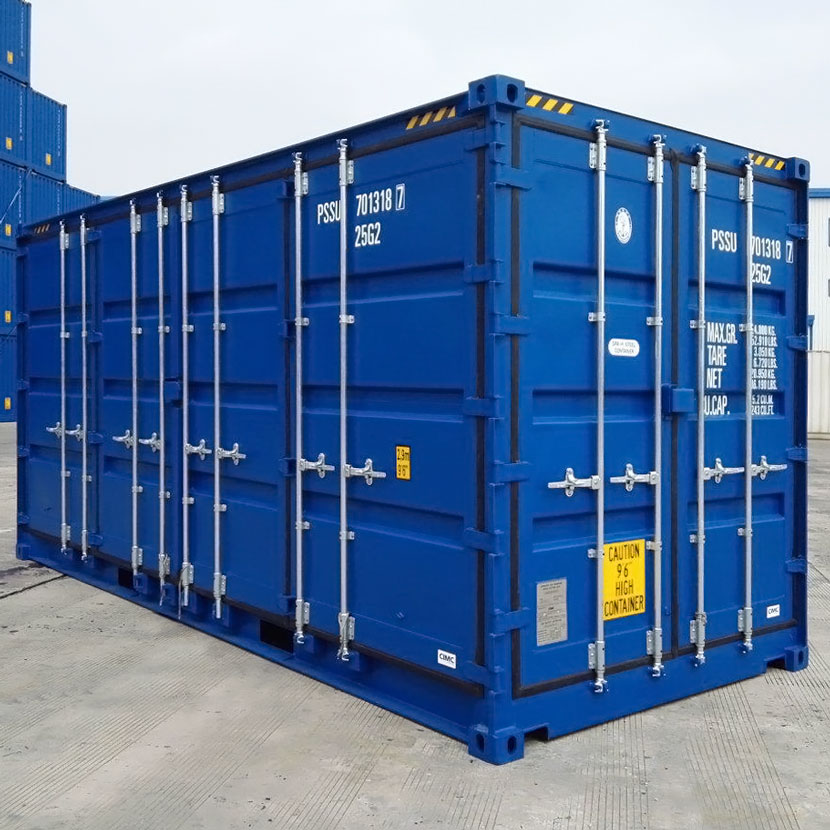The surveyor will need to inspect all aspects of the container, That’s all four sides, the underside and the roof, also the entire interior. Special attention is paid to the End Frame structures, Corner Posts, Corner Castings, Headers, Cills, Bottom and Top Rails. All of which must be, without deformation, depleting corrosion and all welds must be sound and not show signs of stress or fracture. Panels are a Secondary feature and may have some small acceptable indentations but no dents are interfering with the ISO dimensions of the container. The Interior should be clean and the floor visible for inspection.The surveyor should have a Maritime Shipping Container Inspectors Accreditation, (Lloyds, Bureau Veritas, IICL) a Professional Indemnity & Public Liability Insurance.


